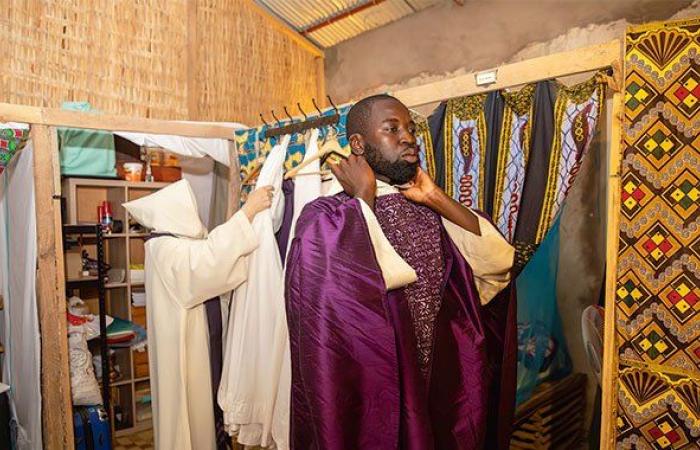“We often hear that monastic life is not made for Africans. It is important to recall that our life form was born in the Egypt desert in the 4th century. I do not believe that monastic life is more viable in France than in Senegal. »» By these words, Charles-Lwanga, superior of the Monastery of Notre-Dame de Badi in Senegal, comments the rule of Saint Benedict, written by the father of monks in the sixth century. In the audience, a dozen brothers from France, Senegal or Burkina listen carefully. The youngest, still fluffed by their short night, struggle to concentrate.
Behind the windows of this room with white walls, you can see some scattered bush islets that are emerging on the horizon. Soon the sun will flood this red earth which extends as far as the eye can see. The buildings of the monastery still under construction are articulated around the exterior cloister, a square of earth decorated with some rotins and rosewoods, purple flowers. At 5:45 a.m., the community heads in procession to the provisional chapel for conventual mass, the air is dry. For the time being, it is only 27 ° C. Since 2017, the community from the French abbey of Sept-Fons, in the Allier, has developed its activities in the diocese of Tambacounda, a border region of Gambia and Mali, located in southeast Senegal. This agricultural region, one of the poorest in the country, is also








